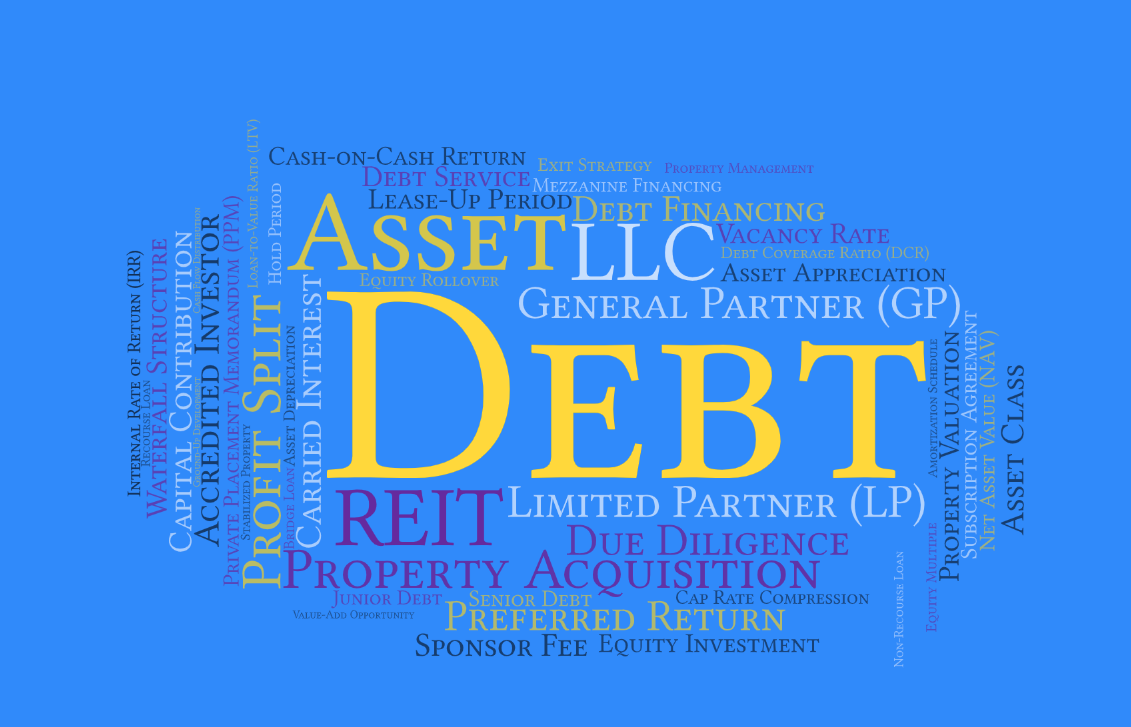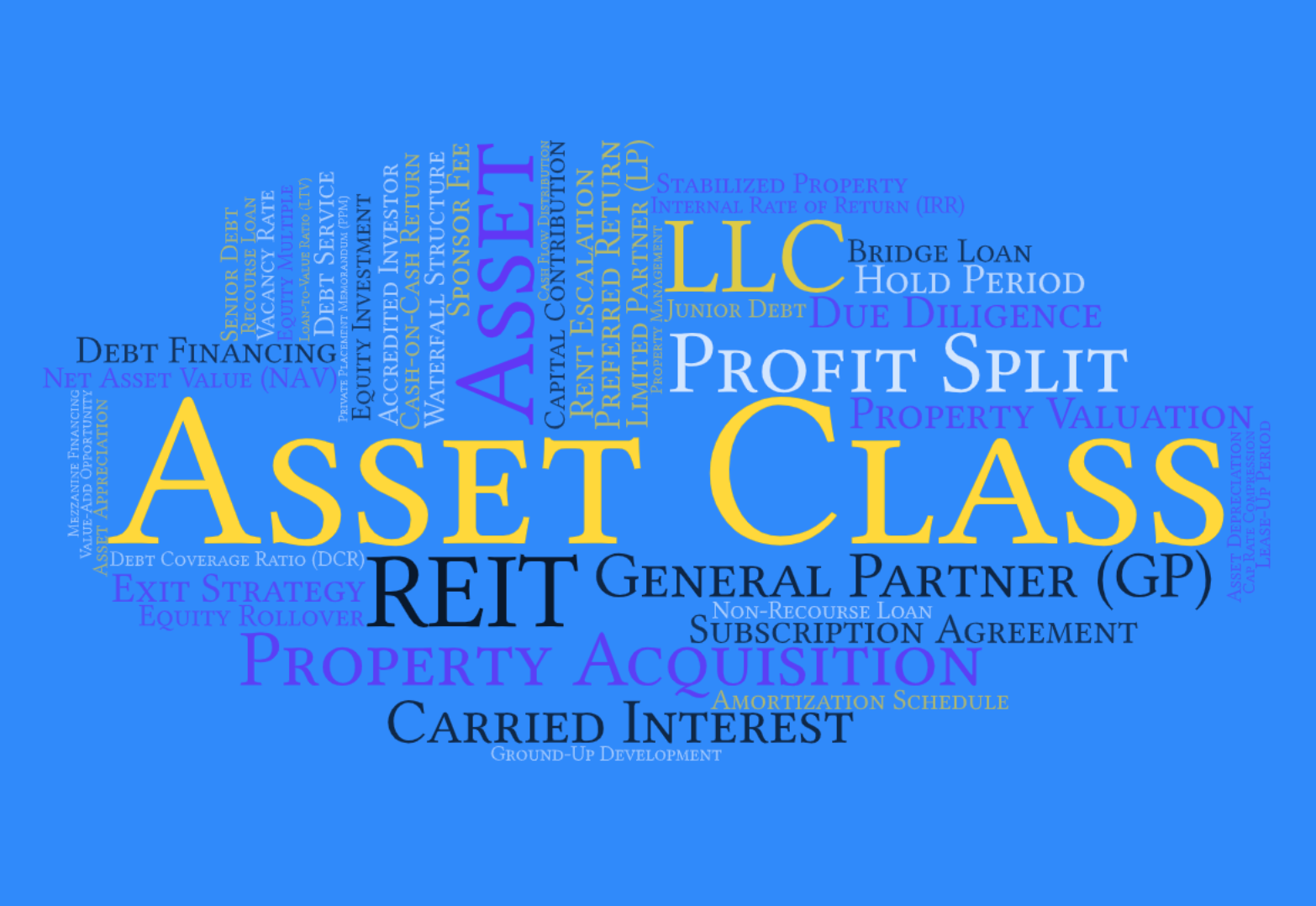In this week's exploration of real estate jargon, we delve into the pivotal concept of Cap Rate...
Decoding Real Estate Jargon: Vacancy Deep Dive
Vacancy is a pivotal factor in real estate investment, particularly in commercial syndications, where it directly influences the financial outcomes of the property. In this week's installment, we'll embark on a comprehensive exploration of vacancy, shedding light on its nuances, impacts, and strategies for effective management within the realm of real estate syndications.
🏠 Deciphering Vacancy:
Vacancy, at its core, denotes the unoccupied portion of a property that isn't generating rental income. While the concept appears straightforward, its implications vary significantly between residential and commercial real estate. In commercial properties, vacancy manifests in two primary forms: physical and economic. Physical vacancy is quantified as the percentage of unoccupied units within the property, while economic vacancy encompasses the income lost relative to the gross potential income, offering a more comprehensive assessment of vacancy's financial impact.
📉 Understanding Physical and Economic Vacancy:
Physical vacancy reflects the tangible aspect of unoccupied units within a property, providing a direct measure of vacancy's visible presence. Economic vacancy, on the other hand, offers a broader perspective by accounting for income lost due to vacant units, lease concessions, or rental discounts compared to the property's full income potential. While physical vacancy addresses the immediate availability of units, economic vacancy provides a deeper insight into the property's revenue-generating capabilities and overall financial performance.

💼 Navigating Vacancy's Impact:
Vacancy exerts a profound influence on a property's income stream and investment viability. High vacancy rates can lead to diminished cash flow, reduced property valuations, and heightened financial risks for investors. However, economic vacancy, with its comprehensive evaluation of income loss, offers valuable insights for investors seeking to gauge the property's revenue stability and potential for growth. By addressing both physical and economic vacancy, investors can devise informed strategies to optimize property performance and mitigate financial risks.
🛠️ Strategies for Vacancy Management:
Mitigating vacancy demands a proactive approach and strategic intervention from property operators. Effective vacancy management strategies encompass targeted marketing initiatives, tenant retention programs, diligent maintenance practices, and value-enhancing upgrades to attract and retain tenants. Additionally, rigorous tenant screening processes and proactive lease management can help minimize economic vacancy and bolster property income streams.
In essence, understanding the nuances of vacancy is essential for investors navigating the intricacies of real estate syndications. By delineating between physical and economic vacancy, assessing their respective impacts, and implementing proactive vacancy management strategies, investors can position themselves for success in the dynamic landscape of commercial real estate. Stay tuned for our next installment as we continue to unravel key concepts in real estate investing. 🏢💡
Let's Continue the Conversation: We invite you to engage with us in several ways:
-
Explore Opportunities: Discover how our syndications can improve your retirement plan. Contact us to explore investment opportunities and gain insights into the path to passive income. CLICK HERE to schedule a call.
-
Subscribe to Our Blog: Stay informed about the role of real estate in retirement planning. Subscribe to our blog and receive regular updates, expert advice, and success stories.
-
Connect on Social Media: Join our community on social media to interact with like-minded individuals who are also on the journey to a prosperous retirement.
CLICK HERE to schedule a call.
Download our free e-book at the link https://content.bluepathholdings.com/free-ebook.

 By
By



